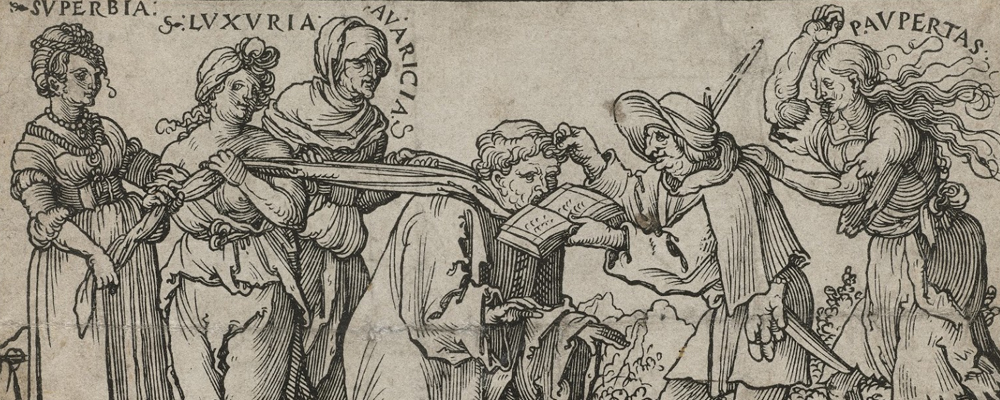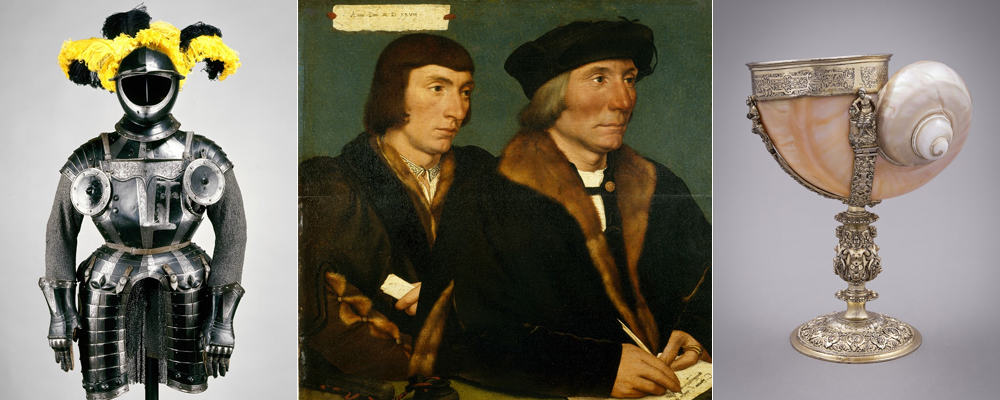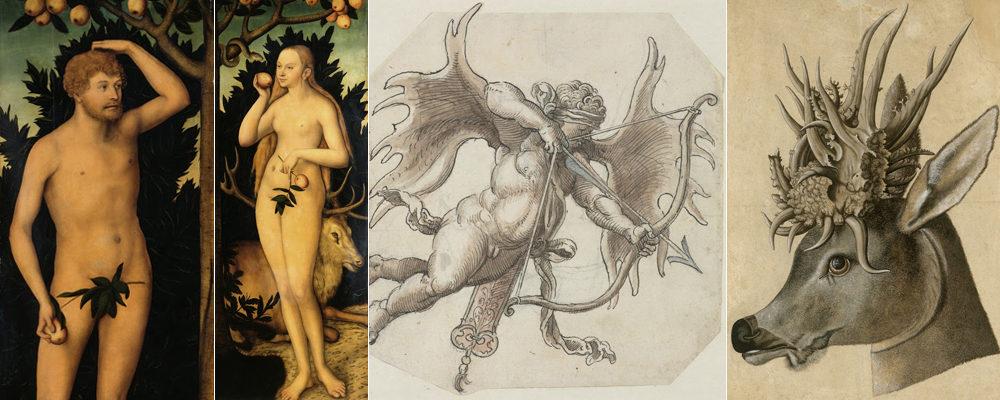‘Renaissance and Reformation’ Time-Travels 500 Years to German Renaissance and Birth of Protestantism
Steve Silkin
The greatest transformation in human history was the Renaissance, the emergence from the Dark Ages. And just as modern thought was bolstered by the rediscovery of Greek and Roman classics, came another tectonic shift of philosophy: The birth of Protestantism with Martin Luther’s Reformation movement.
Both these landmarks in human history are the backdrop for the paintings in “Renaissance and Reformation: Germany in the Age of Durer and Cranach” at the Los Angeles County Museum of Art through Mar. 26. The exhibit is especially noteworthy because it includes three panels by Albrecht Durer, the premier Renaissance artist of Germany. (These may be the first to have ever been sent for display in Los Angeles.)
One of the Durer paintings, “Portrait of Jakob Muffel,” is a high-water mark in art history. The 1526 painting shows the subject in three-quarter profile, with a remarkably intense gaze. The oil paints magically capture the soft lighting, except around Muffel’s color, where it shines directly from its source. The veins on his forehead, the folds of his ear, the tuft of hair showing from under his black headpiece, and especially the contours of his face as the light fades into the shadows, are photo-realistic. The background suggests a blue plaster wall, and Muffel’s soft fur coat adds to the physical presence of the sitter – half a millennium later. It’s like he’s here with us today.
The other painter named in the exhibit title is Lucas Cranach the Elder, lesser known a figure than Durer. However, his famous portrait of Martin Luther himself – Cranach’s neighbor in Wittenberg, and a friend, too – is on display. It’s a small piece, about 7 inches square, but it’s recognizable. The 1532 painting will be familiar to most viewers as they image they know best of the founder of Protestantism, wearing a black beret and draped in a black cape – but holding a book in two hands. His ample jowl is shaded with stubble.
It’s a phenomenally contemporary rendition of the man who rejected the Catholic doctrine of buying the way into heaven through gifts to the church, and established a rival branch of Christianity that allowed its followers the freedom of personal faith instead of subservience to the papal authority.
The rest of the exhibit is a tour through the other German art of their era. An exceptional work is another Cranach, “Lucretia.” A goddess of Roman myth, she was raped by the son of an enemy ruler, and committed suicide to restore her honor. Cranach stands her nude on a black background, her gorgeous face eyeing us sadly as she points a dagger to her hard. The symbolism is would be heavy-handed if it weren’t so striking.
And the exhibit heralds the dawn of art in the age of mechanical reproduction, as Gutenberg’s press allowed for wider distribution of artworks than before. As today, content wanted to be free.
“Renaissance and Reformation: German Art in the Age of Durer and Cranach,” is Nov. 20 through March 26 at Los Angeles County Museum of Art, (323) 857-6000. The exhibit is included in general admission; tickets are here.



